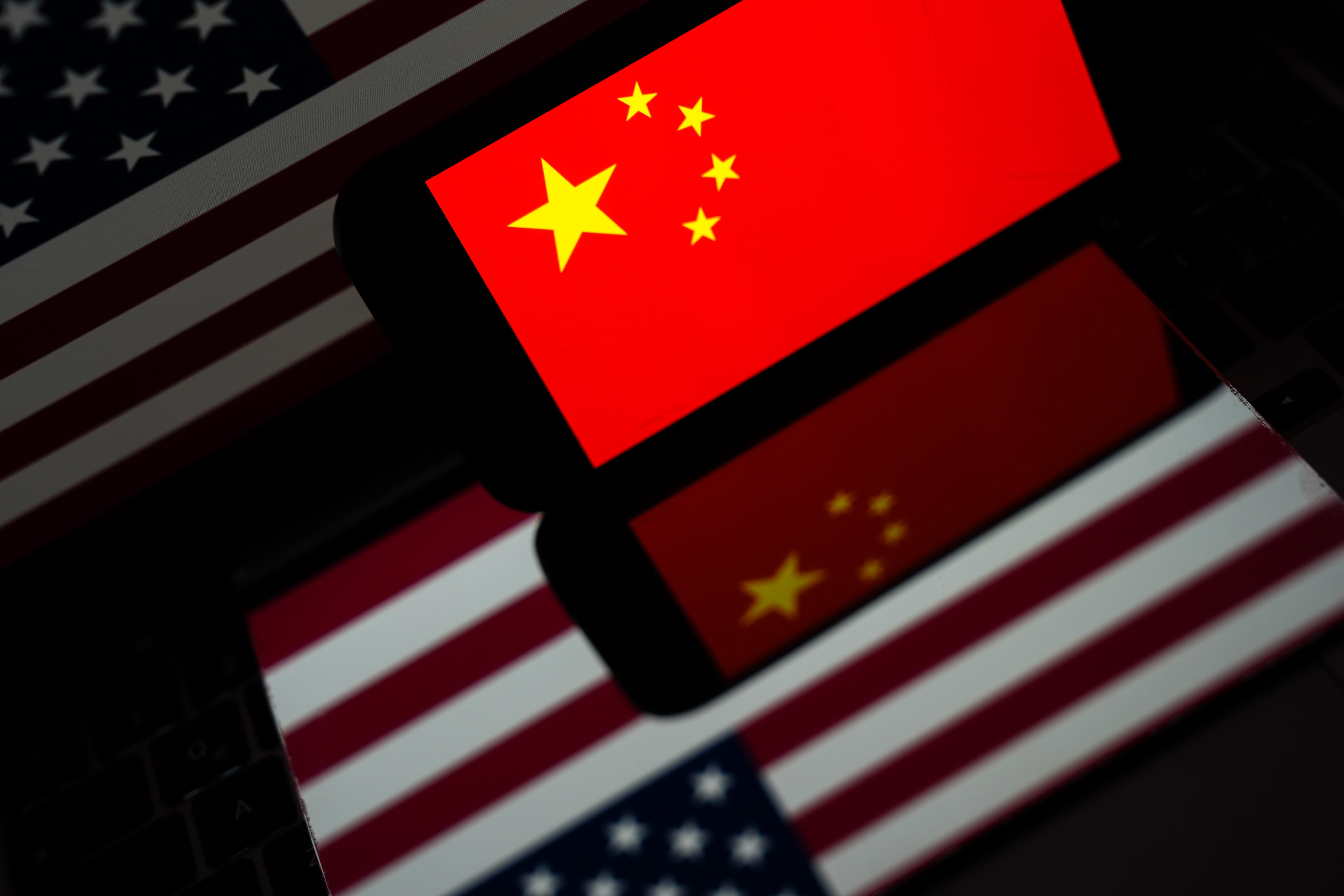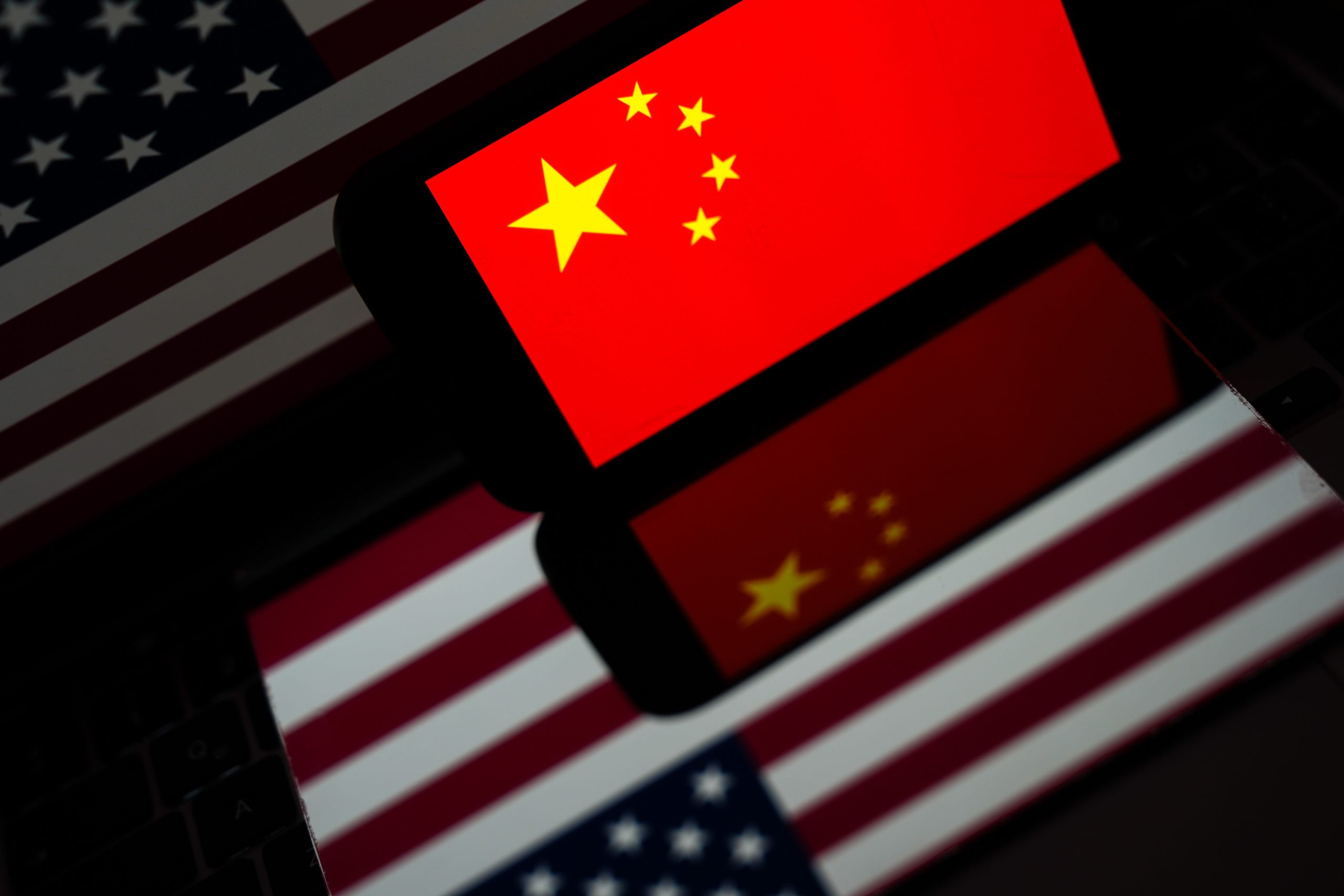
China’s Monetary Easing: A Bold Move to Revive Economic Growth
The global economy has been navigating turbulent waters, and China is no exception. Faced with mounting challenges—from U.S. trade tariffs to the lingering aftershocks of the COVID-19 pandemic—the People’s Bank of China (PBOC) has rolled up its sleeves and fired up the monetary policy bulldozer. In a series of aggressive moves, the central bank has slashed key rates and reserve requirements, aiming to inject liquidity, spur lending, and kickstart growth. But will these measures be enough to clear the economic rubble, or will they leave banks buried under thinner profit margins? Let’s break it down.
The PBOC’s Policy Demolition: Cutting Rates and Freeing Up Cash
First up, the PBOC dropped a 50-basis-point (bps) reserve requirement ratio (RRR) cut—equivalent to unleashing a trillion yuan ($138 billion) in fresh lending capacity. For those not fluent in banker-speak: banks usually gotta stash a chunk of deposits as reserves. Lower RRR = more cash freed up for loans = more money sloshing around the economy. It’s like unclogging a pipe—suddenly, businesses and consumers can borrow easier, and hopefully, spend or invest that dough.
But the PBOC didn’t stop there. It also took a sledgehammer to key interest rates:
– Policy rate: Chopped by 10 bps, dragging down the loan prime rate (LPR)—the benchmark for lending rates—by the same margin. Cheaper loans? Check.
– 7-day reverse repo rate: Hacked by 20 bps, another nudge to grease the wheels of short-term borrowing.
And hey, this ain’t a one-time demolition job. The PBOC’s hinted at *another* 25–50 bps RRR cut later this year if the economy keeps wheezing. Last month’s 30-bps cut to the medium-term lending facility rate? Just more proof this central bank’s running full throttle.
Market Cheers… But Banks Might Be Sweating
Wall Street—or in this case, Shanghai and Shenzhen—loves a good stimulus party. The CSI300 Index skyrocketed over 14% post-announcement, smashing records like a wrecking ball through drywall. Investors are clearly betting that cheaper money = more growth. For households drowning in mortgages and businesses starved for credit, this could be a lifeline.
But here’s the catch: bank profits might get flattened. Lower rates mean thinner margins on loans. Imagine banks as construction crews—they’re being told to build more roads (lend more), but the asphalt (interest income) just got cheaper. If profits crumble too far, could we see banks tighten lending anyway? The PBOC’s walking a tightrope: pump cash into the economy *without* turning banks into cautionary tales.
The Bigger Picture: China’s Debt-Fueled Growth Model
Let’s zoom out. China’s been here before—flooding the system with liquidity during crises (see: COVID’s 300-billion-yuan emergency lending facility). But this time, the stakes are higher. The property sector’s still a dumpster fire, global demand’s shaky, and consumers aren’t spending like they used to.
The PBOC’s moves are textbook stimulus, but textbooks don’t account for structural cracks. Can rate cuts alone fix sluggish demand? Or will this just pile more debt onto an already-leveraged economy? Meanwhile, the Fed’s still hiking rates, making China’s easing a bold (or desperate?) divergence.
Verdict: Stimulus Now, Reckoning Later?
The PBOC’s playing offense, no doubt. Flooding the system with cheap money should juice growth—at least short-term. Markets are thrilled, borrowers get relief, and hey, maybe even the property sector catches a break.
But the trade-offs loom large. Squeezed bank profits, rising debt levels, and the risk of inflation (or worse, stagflation) could turn this demolition job into a cleanup nightmare. For now, though, the bulldozer’s roaring. As for whether it’s building a foundation or just kicking up dust? We’ll need a hard hat and a lot of patience to find out.
*Yo, PBOC—just don’t forget to check the blueprints.* 🚜💨





发表回复